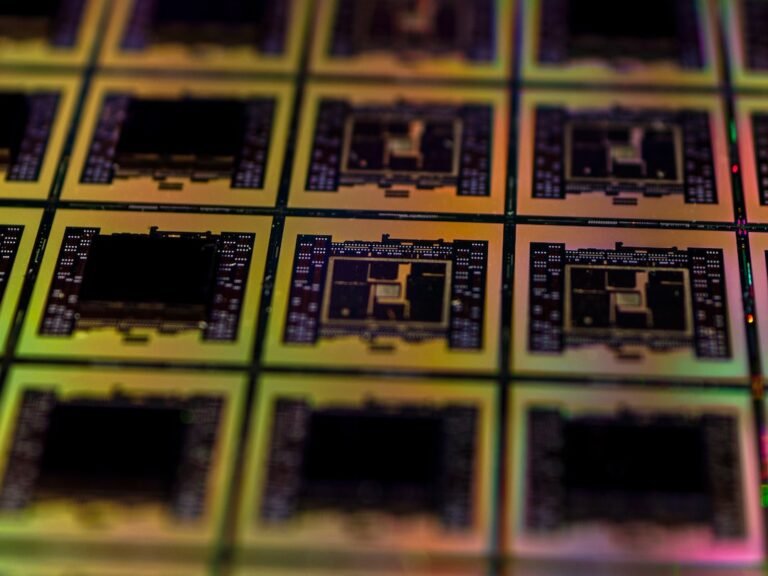Introduction
Have you ever wondered how information gets transferred from one device to another over the internet? It all happens through a network, and in today’s digital age, home networks have become the backbone of our connected lives. However, as the number of devices in our homes continues to grow, the current internet protocol (IPv4) is struggling to meet the demands. This is where IPv6 adoption and the transition to IPv6 come into play.
In this article, we will explore the future of home networks, focusing on IPv6 adoption and the transition to IPv6. We will delve into the reasons why IPv6 is necessary, the benefits it brings, and the challenges faced in its adoption. So, sit back, relax, and let’s dive into the world of home networks and the exciting future that awaits us.
Why is IPv6 Adoption Necessary?
Before we dive into IPv6 adoption, let’s take a moment to understand why it is necessary. IPv4, the current internet protocol version, has been in use for decades. However, it was designed at a time when the number of devices connected to the internet was relatively small. Fast forward to today, and we have an overwhelming number of smartphones, tablets, laptops, smart TVs, gaming consoles, smart home devices, and more, all competing for internet connectivity.
IPv4 uses a 32-bit address space, which allows for approximately 4.3 billion unique addresses. Sounds like a lot, right? Unfortunately, the explosive growth of devices has resulted in address exhaustion. There are simply not enough IPv4 addresses to accommodate all the devices in our homes, let alone the billions of devices worldwide.
This is where IPv6 comes to the rescue. IPv6 uses a 128-bit address space, which allows for an astronomical number of unique addresses – approximately 340 undecillion! With IPv6, every device in the world can have its own unique address, ensuring that we never run out of addresses again.
The Benefits of IPv6 Adoption
Now that we understand why IPv6 adoption is necessary, let’s explore the benefits it brings to home networks.
Expanded Address Space: As mentioned earlier, IPv6 provides an incredibly large address space, ensuring that every device can be assigned a unique address. This simplifies network management and eliminates the need for complex network address translation (NAT) techniques used in IPv4.
Improved Performance: IPv6 offers numerous performance enhancements over IPv4. It reduces network latency, improves data packet handling, and provides more efficient routing. This means faster and more reliable internet connectivity for your devices.
Security Enhancements: IPv6 includes built-in security features, such as IPsec, which provides encryption and authentication for data transmitted over the network. This enhances the security of your home network and protects your devices from potential threats.
Seamless Integration with IoT Devices: With the proliferation of smart home devices, IPv6 ensures seamless connectivity and communication between these devices. It allows for direct device-to-device communication, eliminating the need for intermediaries and improving overall efficiency.
Future-Proofing: By adopting IPv6, you future-proof your home network. As more and more devices come online, having IPv6 compatibility ensures that they can seamlessly connect and function without any hiccups.
Challenges in IPv6 Adoption
While the benefits of IPv6 adoption are significant, there are challenges that must be addressed for a smooth transition.
Compatibility with IPv4: The transition to IPv6 must account for the coexistence of IPv4 and IPv6 networks. This requires the use of dual-stack routers or various transition mechanisms to allow communication between IPv4 and IPv6 devices.
Legacy Devices and Infrastructure: Many older devices and infrastructure are not IPv6 compatible. Upgrading or replacing these devices can be costly and time-consuming, posing a significant challenge to widespread IPv6 adoption.
Lack of Awareness: Despite the growing importance of IPv6, many people are still unaware of its benefits and the need for adoption. Educating users and organizations about the advantages of IPv6 is crucial for its widespread adoption.
- Training and Implementation Costs: Training network administrators and IT professionals to work with IPv6 and implementing IPv6 on a large scale can be a considerable investment. This cost can be a barrier to adoption for some organizations.
Despite these challenges, the industry is slowly moving towards widespread IPv6 adoption, recognizing the urgency and benefits it brings to home networks.
Conclusion
The future of home networks lies in the adoption and transition to IPv6. With the explosive growth of devices and the exhaustion of IPv4 addresses, IPv6 provides a scalable, secure, and efficient solution for our connected lives. By adopting IPv6, we can ensure that every device has its own unique address, improving performance and enhancing security. However, the transition to IPv6 requires addressing the challenges posed by compatibility, legacy devices, lack of awareness, and implementation costs. With concerted efforts and awareness, we can pave the way for a future where home networks seamlessly connect and enable a smarter, more connected world.
FAQ
| Question | Answer |
|---|---|
| How can I set up my home network for IPv6 adoption? | To set up your home network for IPv6 adoption, you need an IPv6-enabled router. Consult your router’s manual or visit /home-network-setup for detailed instructions. |
| What are some common troubleshooting tips for routers? | If you’re experiencing router issues, visit /router-troubleshooting for common troubleshooting tips and solutions. |
| How does IPv6 adoption impact home network connectivity? | IPv6 adoption improves home network connectivity by providing a larger address space, faster performance, and enhanced security. |
| Are there specific routers for gaming enthusiasts? | Yes, there are routers specifically designed for gaming. To learn more about gaming routers, visit /gaming-router-buying-guide. |
| Can I integrate IPv6 with my smart home devices? | Yes, IPv6 seamlessly integrates with smart home devices, enabling direct device-to-device communication. |
Further Reading
| Title | Website |
|---|---|
| IPv6.com | ipv6.com |
| The Internet Society: Deploy360 Programme | www.internetsociety.org/deploy360/ |




